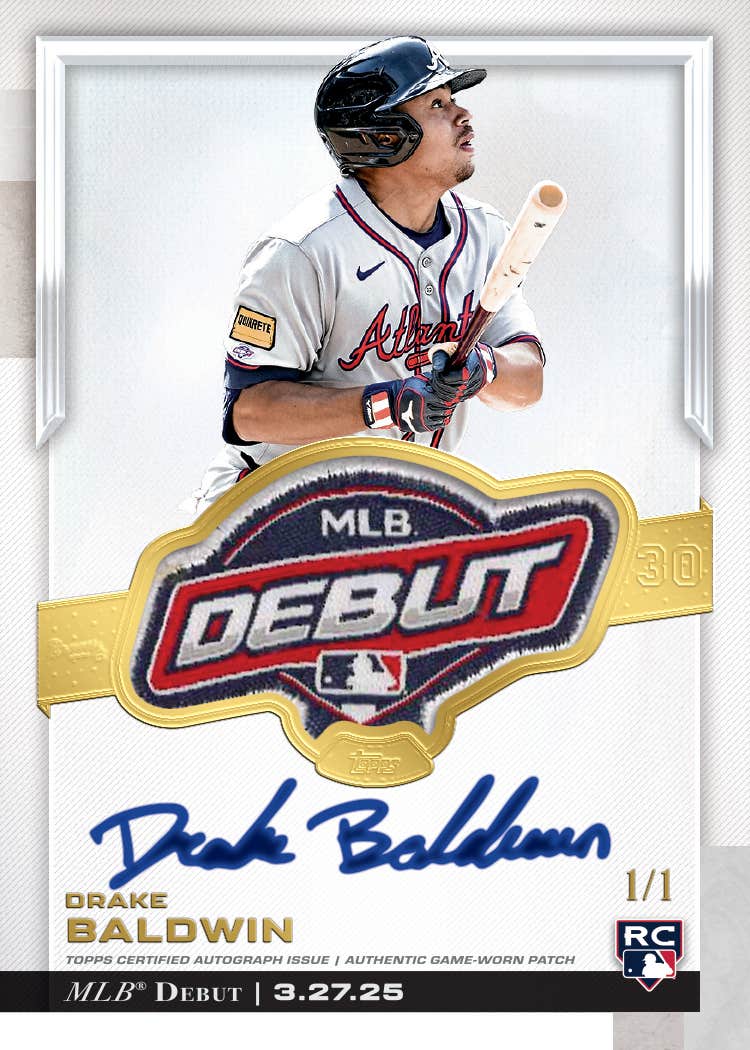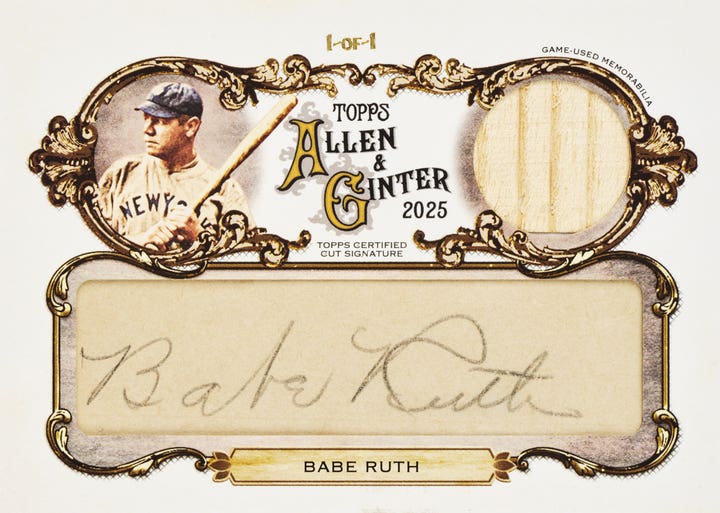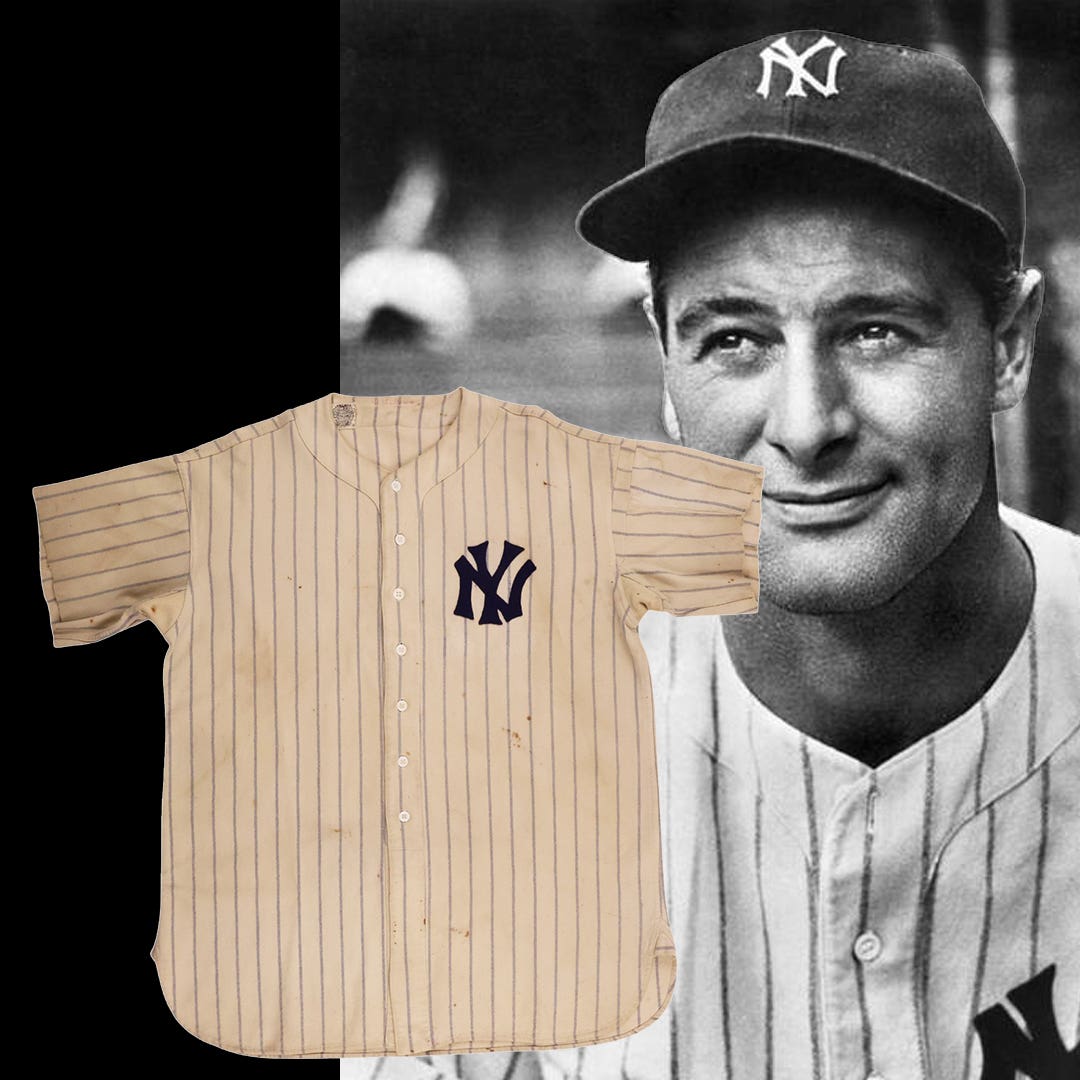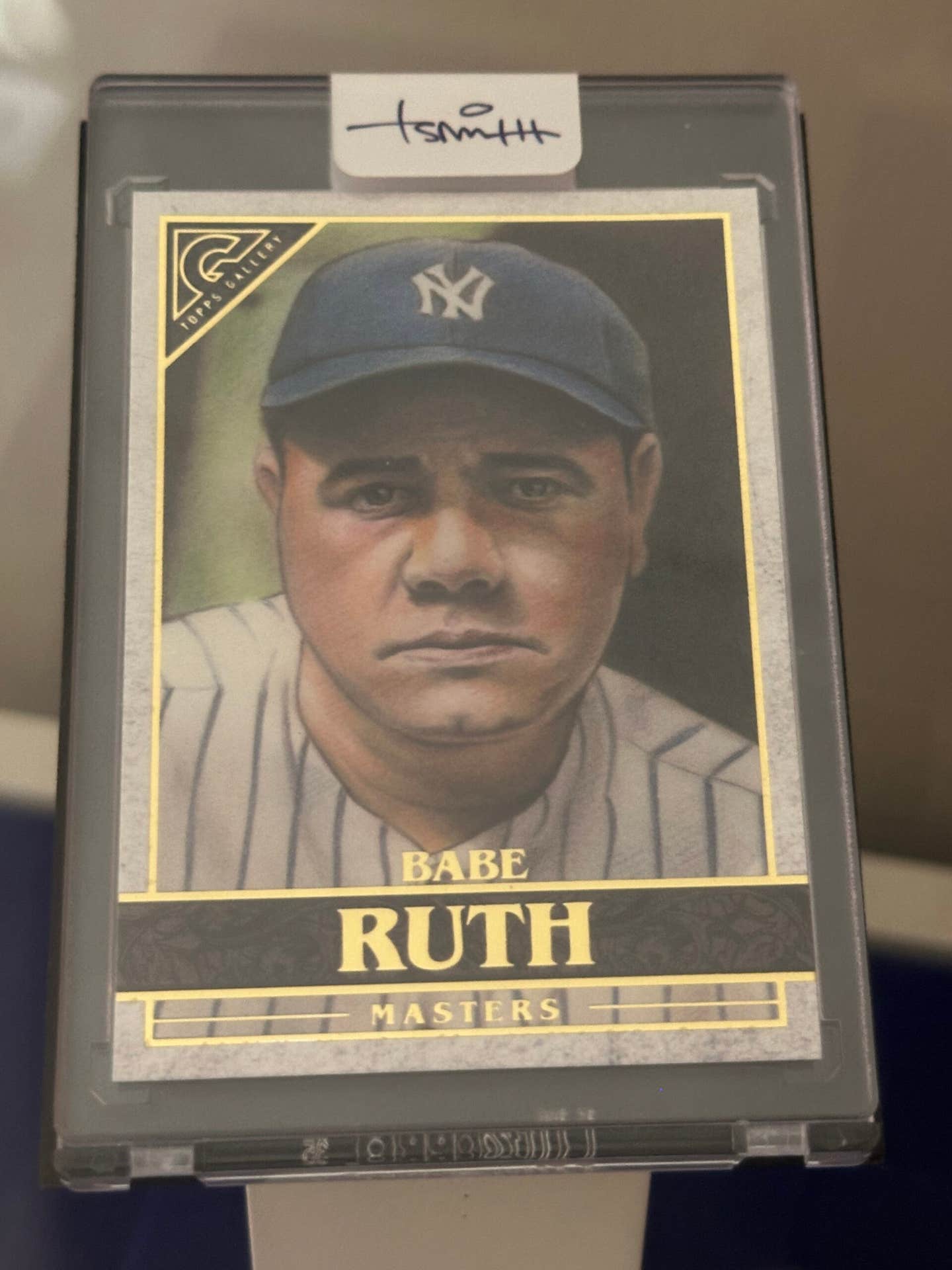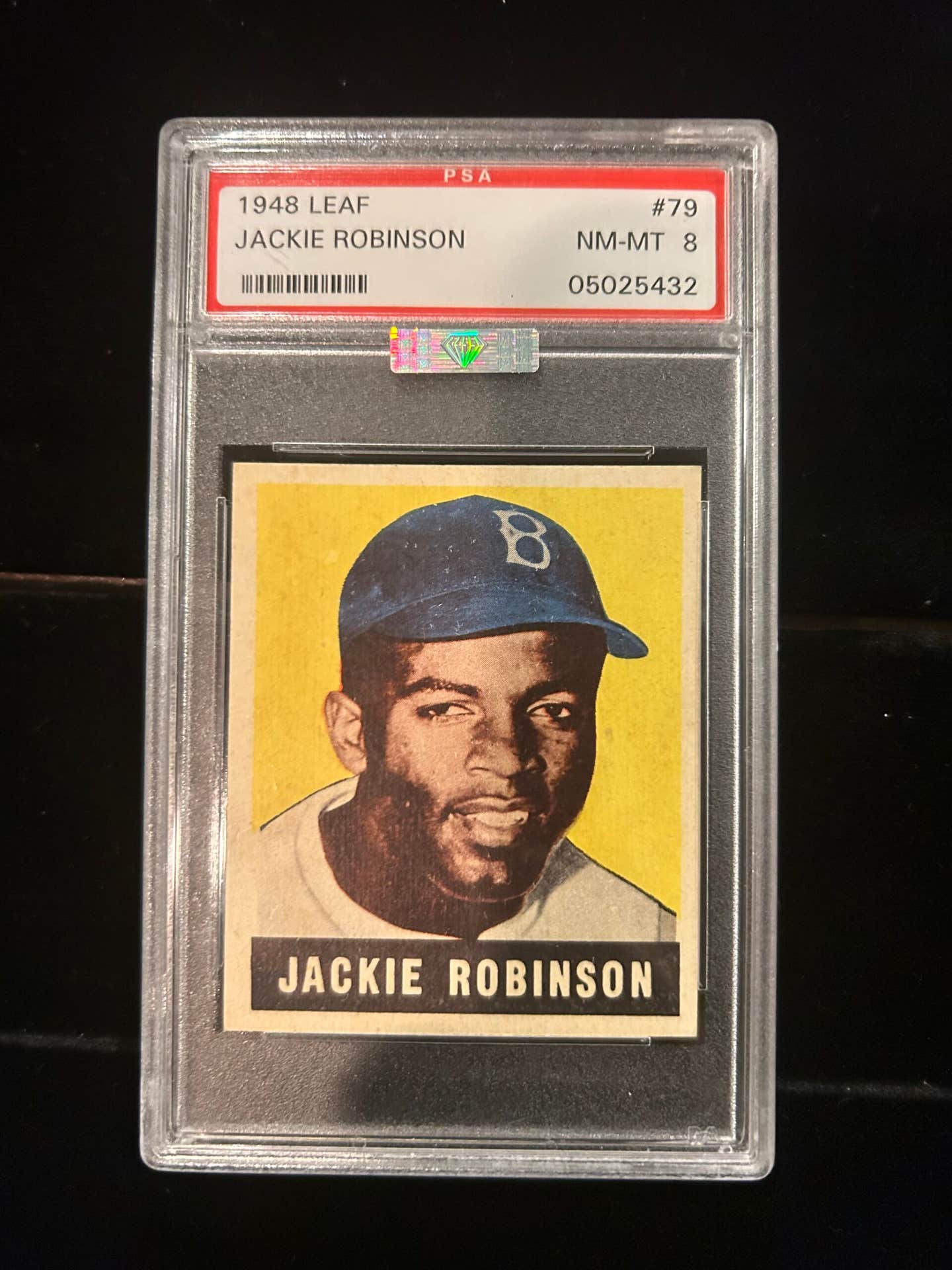Artwork
Vintage photos are wild – and so are their values
“Back in the early-to-mid-1990s, I remember people throwing in stacks of original photos and Wirephotos almost as toss-ins to deals. When they were making trades, it’s almost like they weren’t even factoring them in,” said Joe Orlando, president of Professional Sports Authenticator (PSA/DNA).
Boy, the times, they are a changin’.
Slowly, but surely, collectors everywhere are finally taking notice of the significant collectibility that vintage photographs bring to the table.
And who can blame them for noticing? When Babe Ruth photos are selling for more than $26,000, and the largest grading company in the world has a special service dedicated to vintage photograph authentication, it might be time to recognize these masterful pieces right up there with their popular ancestors: trading cards and autographs.
“You look at the prices realized over the last two to three years, and there’s no doubt that the material is selling for many, many times more than what it was 10-15 years ago,” added Orlando.
Longtime vintage photography expert Henry Yee said that around the 1990s a lot of these wonderful photos were destroyed or simply thrown away.
“Easily more than 50 percent of all existing vintage news service photos got destroyed and the reason for this is because of the digital age,” said Yee. “A lot of this stuff takes up a lot of room. Huge universities and such had lots and lots of photographs over the years because they subscribed to the Associated Press Services and United Press International, what have you, so if you had a room of, say, a million photographs, a lot of this stuff takes up a lot of room. So, if you can put a whole room of photographs onto 10 discs and digitalize everything, it just makes more sense. If you’re a university, you don’t care about the collector value. You just want to get images out there so they can access the images easily.”
Mike Heffner, president of Lelands.com, the auction company responsible for the Ruth photo (below left) that turned many heads in a sale in November 2007, acknowledged there has been a boost in the popularity of vintage photography, but said he isn’t surprised by recent realized prices.
“I think it’s a hobby-wide phenomenon that photos are beginning to appreciate in value,” Heffner said. “If you put it into perspective, we have Babe Ruth cards that are selling for hundreds of thousands of dollars, and there are more than one of them, why shouldn’t a really great Ruth Wirephoto be worth more than $20,000?
“If you want to compare it to baseball cards, it’s like having a card that’s off center and a little blurred as compared to something that’s Gem Mint that’s going to bring a premium,” added Heffner, whose company purchased more than 500,000 photos from the San Francisco Examiner archives in 2006. “More so than in the past, people are looking at the aesthetic value — the art value — of the photographs and not just the subject matter.
“It used to be where it didn’t matter as long as it is Babe Ruth, that’s why it sold for so much, but now people are realizing that there are different levels of Babe Ruth photos. Some Ruth photos sell for a few hundred dollars, but then there’s the next tier that the better photos are $500-$1,000. And there is another tier of photos where they’re $5,000, and then there’s the upper echelon where only a few of them exist that are going to bring $20,000 and up.”
Bob Lemke, former editor of SCD’s Standard Catalog of Baseball Cards, thinks the main reasons prices for vintage photographs have risen so much recently is because of their crossover appeal to vintage sports card collectors and the fact that vintage cards have gotten so expensive.
That’s exactly why vintage photograph collector Mike Campbell got into the Wirephoto niche.
“I’ve been buying baseball cards since I was 5, and I guess cards are getting too expensive,” said Campbell. “For some of the real nice ones, you’re going to pay five or 10 grand. So, photos to me are a much better buy for your money.”
Recently, various Wirephoto lots listed on eBay (auction numbers “170180249096,” “110213322488” and “310014073713) featured huge assortments of great vintage photos. Lots like these might even include the type of photos that most experts refer to as some of the most enticing varieties in the hobby — those that wind up on cardboard.
“Any photos that eventually turned up on cards seem to be in strong demand,” said Lemke. “I think it’s obviously baseball card collectors that are buying those out there.”
Heffner agreed.
“In the past, I don’t think people were paying great attention to those types of photos, but when we have photos in our auctions that are the same images on cards, they go for lots of money,” he said. “I think card collectors are beginning to appreciate photos for those reasons. They see that, ‘Hey, those are the original photos or negative that the cards were made of,’ so they’re starting to buy that sort of stuff.”
Just getting started in vintage photos?
Anytime you venture into new territory in your hobby passion, it can be overwhelming, confusing and downright scary. It’s your hard-earned money at stake, so naturally you want to maximize your dollars and make sure you’re buying authentic, quality material.
Unlike other types of memorabilia, there are really no set values for vintage photographs, which can add to a beginning collector’s confusion. However, like any hobby area, there are some general rules of thumb for making smart photo purchases.
“The difficulty for many collectors is there are more and more people getting into Wirephotos, but there are lots of collectors that have been tentative to jump into that market ... When you talk about autographs and trading cards, you know to a certain degree of what they’re worth,” said Orlando. “But there’s no guide for the value of Wirephotos and vintage photography. You almost have to have an artistic approach in understanding how to value them. There’s the content of the photo, the clarity, the eye appeal of the image and condition. All these things play into the value of the photo, in addition to the fact whether it’s a Type 1, versus a Type 2, Type 3 photo.
“You might have a Babe Ruth photo that you and I think is spectacular, and it goes for $9,000 at a Mastro auction. And then a different photo of Babe Ruth that you and I think is a lesser photo may sell for more,” continued Orlando. “There really is a ‘beauty is in the eye of the beholder’ type of an approach to Wirephotos.”
Heffner noted that any collector that would like a second opinion on a photo before a potential purchase can contact him through Lelands.com, and he would look at it free of charge.
“You have to become educated in the market,” Heffner said. “You can read a book, you can look at auction catalogs, but you really have to get out there, like anything else, and start buying the stuff. You’re going to make a few mistakes. Most likely, it’s just that you have to try to make the least amount of mistakes as possible. It basically comes down to feel. You really have to train your eye. And once that process is over, it’s a lot of fun. It’s really not that difficult.”
Books can’t tell you everything about a hobby subject, but Campbell recommended beginning photo collectors read A Portrait of Baseball Photography by Marshall Fogel, Khyber Oser and Yee.
The book is very detailed and the illustrations themselves are worth the $20. You can pick one up on Mastroauctions.com.
*****
If you haven’t started buying vintage photos yet, and have any interest in them at all, now might be the time to take out your wallet. The coolest thing about these treasures is that the vintage photo market is not even close to its peak yet.
“I’ve always preached the potential of this stuff, even back in the ’80s and ’90s,” said Yee. “Unlike cards, there was no large production runs with this stuff. People never mass-issued these to the public. These were basically only sent archives and libraries etc.”
Campbell agreed.
“There are some vintage photos of Prewar Hall of Famers that you can still buy for around $50,” he said. “I think that’s insane. To have an original photograph of a Hall of Famer for $50, I’d buy them all day.
“To me, it’s kind of the last area of sports collectibles that’s still reasonably affordable. It’s nuts.”
Check out Chris Nerat’s blog, Gavel Chat at: gavelchat.sportscollectorsdigest.com. Readers may reach him at Chris.Nerat@fwpubs.com or call him at (800) 726-9966, ext. 452.




